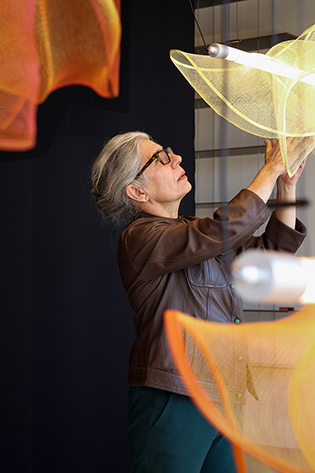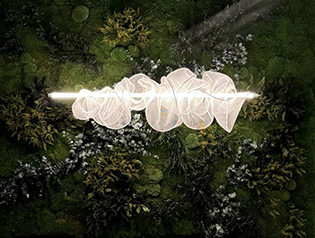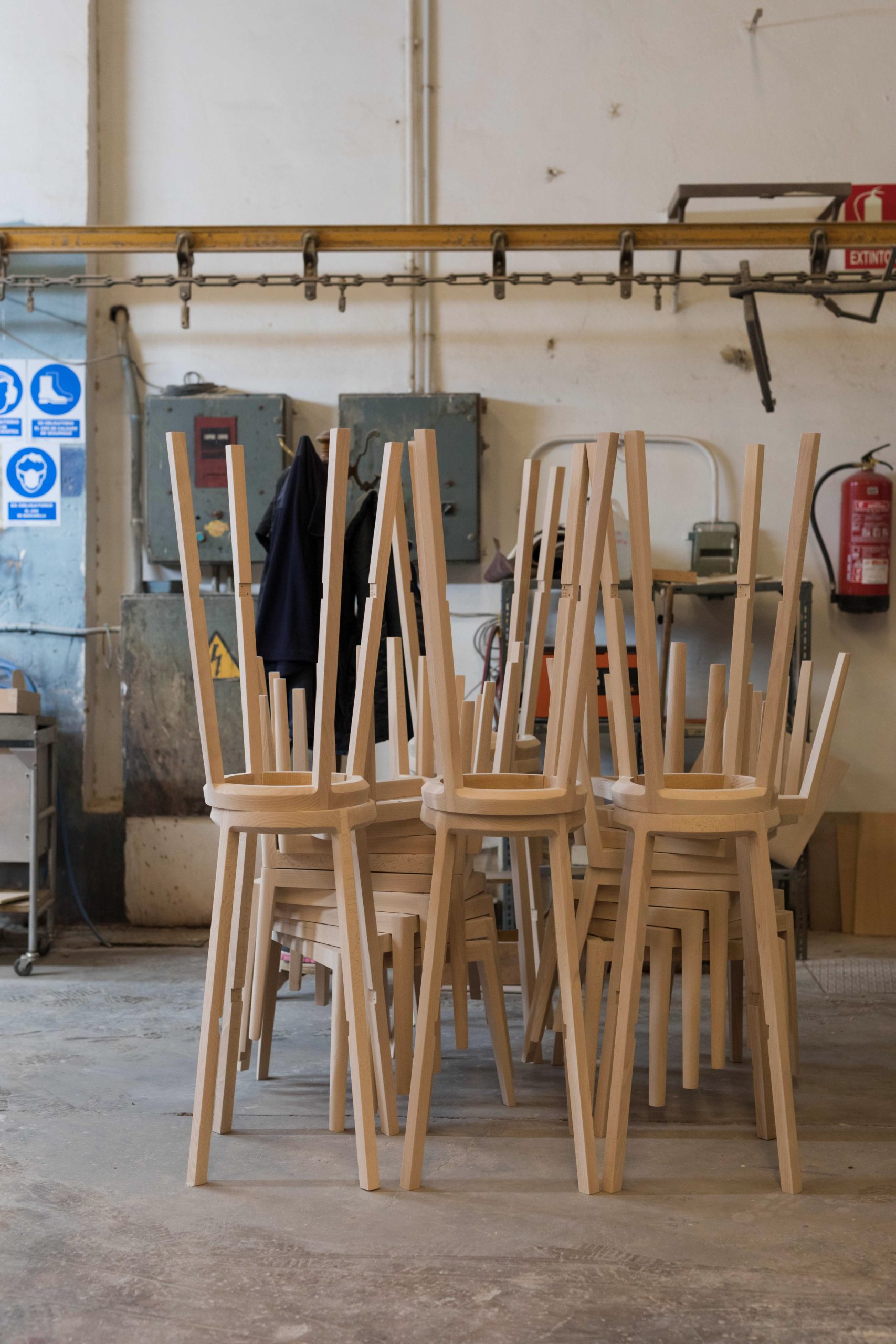With smartphones, tablets, digital cameras and more, the task of preserving our memories is easier than ever before. Photos are a great way of remembering a family vacation, a romantic getaway or a trip with friends. Quite often though, when it comes to reviewing our photos we find they have a number of irritating flaws: a blurry image, missing features (usually someone’s head) or a colourless shot. Thankfully, there are a number of easy tips and tricks to fix these anomalies.

A good angle is everything
Any experienced photographer will tell you that when taking a photograph, a good angle is everything. The next time you’re about to snap a picture, take a few seconds to analyse the place, the position of people or where monuments and buildings actually sit—this will help you take a better image. And try different angles in order to find the best perspective for your photo.

If you always shoot from a frontal position, without any variation, your photos are likely to be a dull succession of places and faces. Lean back, move to the side or lie on the floor to see how the subject appears from different positions. You’ll be surprised at the difference it makes to the shots you take.
Don’t cut your frame near people’s joints
This problem is one that happens a lot when we are starting out with photography. We tend to close the angle of our pictures by the elbows or ankles and it results in our brain perceiving the image as though something strange happened to the person/people in the frame.
Instead, when taking a photograph of people, try to avoid cutting the frame near the joints. This way you’ll get an ‘airy’ photo and it won’t result in an image that’s strange to the eye.
Tell a story
It’s important that a photo can tell a story. Don’t overthink it: the story does not have to be very complex, but it needs to say something. Before snapping the picture, take a moment to observe what’s around you and then use your surroundings to give your photo more depth. For example, in the one below these lines, you can see a sundusk in the mountains but the fog, the colored sky and the perspective help making this one pretty impressive.

Also, if you can, use objects when photographing people—for example, an umbrella, a hat, a reflection on the subject’s sunglasses—and you will immediately notice the difference it makes to your shot.
Remember the light
With the ease of instant technology (namely smartphones), we often snap pictures at random and without method (especially on holidays). We won’t necessarily consider factors such as the landscape, telling a story or the lighting. Not wanting to miss anything, we feel the need to keep a full record of what we’re seeing and experiencing (one of the major drawbacks of instant technology).
When taking a photo, one thing to bear in mind is the light. As with angles, you should take a few seconds to find the best light, even if it means delaying a specific picture until you have better light.

Don’t forget that sometimes the night or automatic mode on your camera can help you get the picture you want, especially if you’re still learning how to use manual mode and can’t find the right light.
Objects don’t always need to be in the center
Adding visual interest to a photograph, especially if it portrays a famous view or monument, is one of the hardest things to achieve when you’re a photography beginner.
Beginners typically centre everything in the frame, but this only ensures that each picture depicts a similar aspect. A helpful tip is to keep the subject off-centre in your pictures. One of the most basic rules in photography is the ‘rule of thirds’. Here you mentally divide the image using two horizontal and two vertical lines, then position important elements in your scene along those lines or at the points where they intersect. An off-centre composition appears more natural and is pleasing to the eye.

Perspective gets interesting results
Perspective is important in photography. Don’t be afraid to crouch, sit on the floor or climb on top of something (always with care) in order to get a better view of the subject. Simply changing your perspective will improve many of your photographs and will give you lots of fun.
Get yourself a huge SD card
Digital photography has many advantages when compared to analogue photography, especially for beginners. When travelling, ensure your SD card has enough memory to photograph everything you want. And these days, memory is cheap.
Get yourself one or two SD cards with plenty of memory and won’t regret missing a perfect moment because of a lack of space. Moreover, always carry a second battery with you.
Photography is a very challenging hobby, but it’s also a great way to discover and improve your creativity. Alongside boosting our creativity, we are able to capture many special moments and places.
Above all, have fun with it. Be bold, experiment and play with the rules in order to achieve your perfect shot. You can make everyday memories that are creative and will last.













